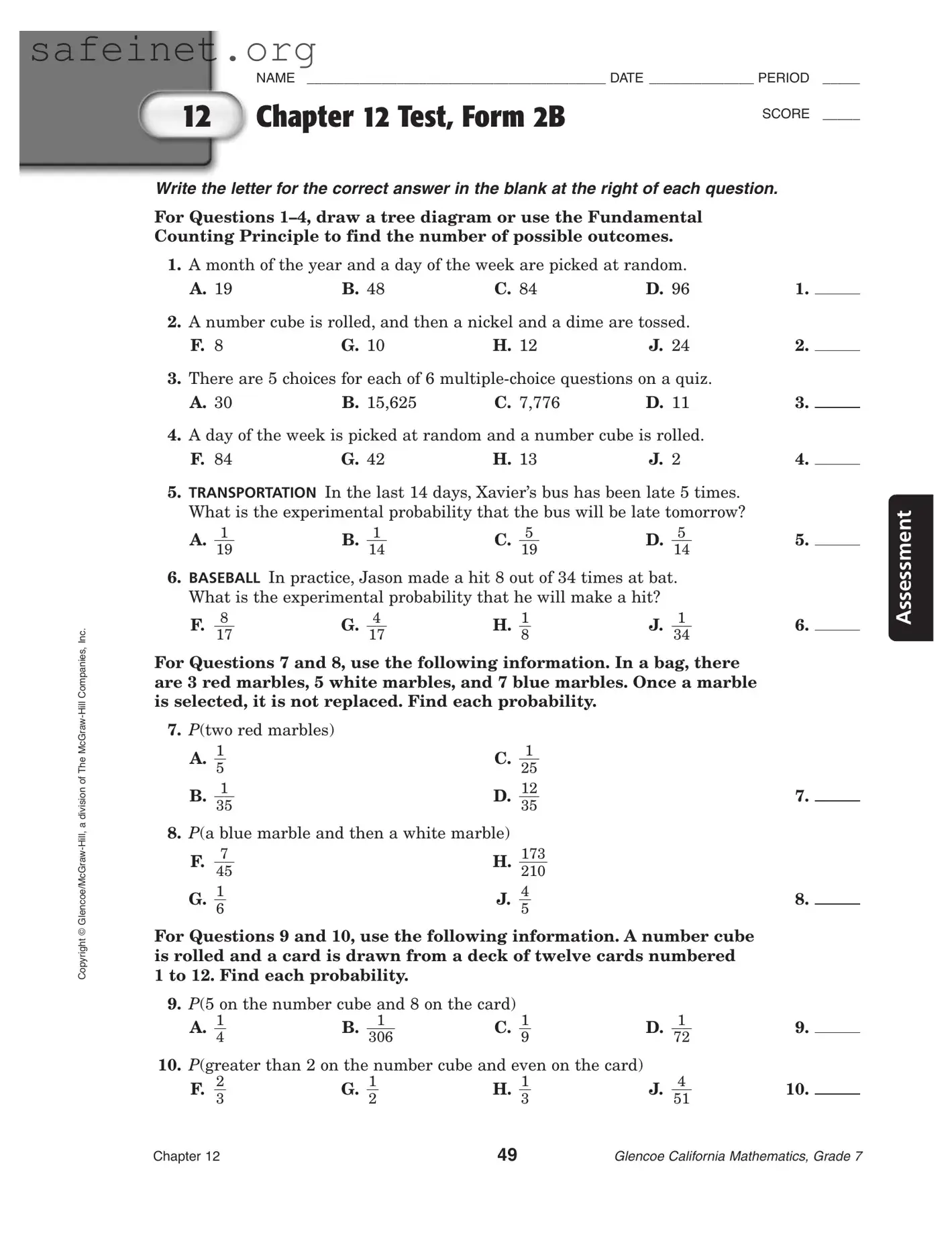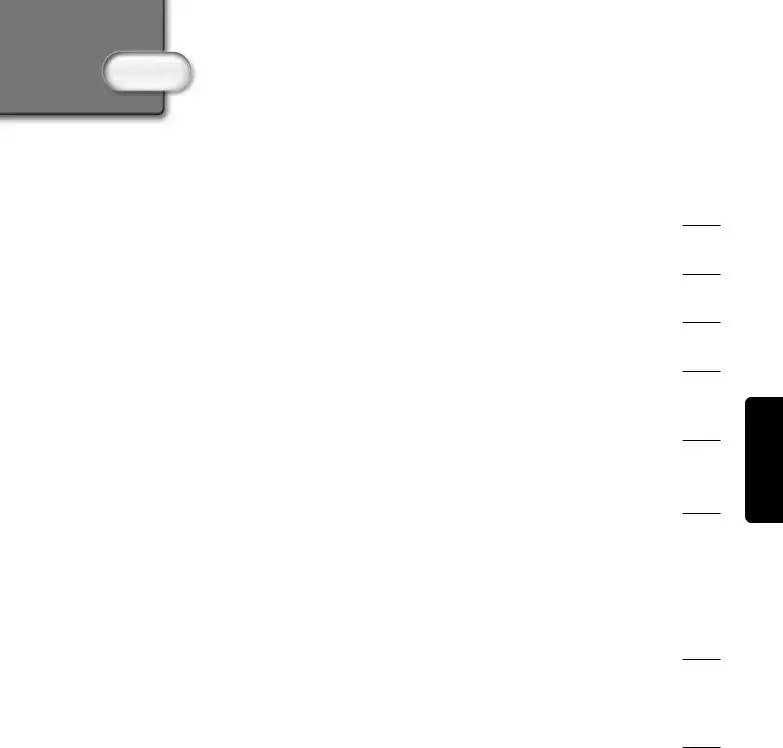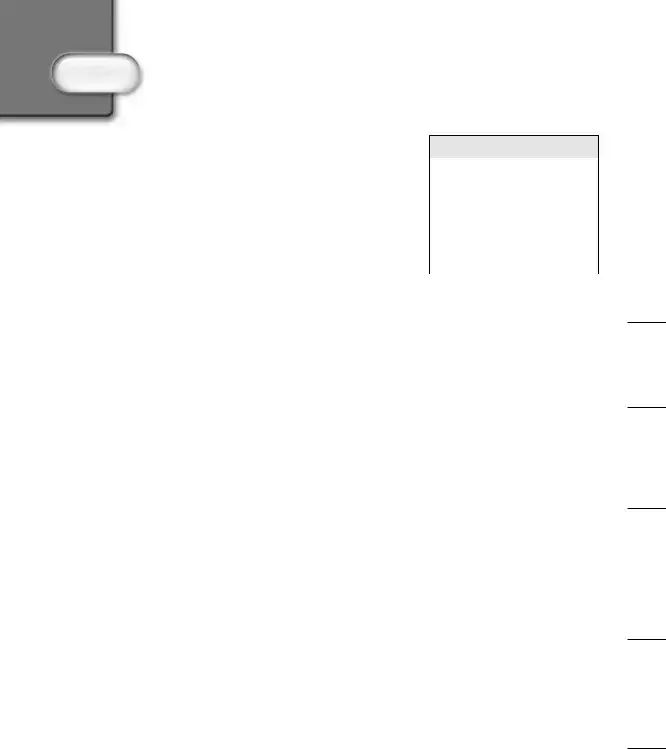One document that is similar to the Chapter 12 Test form is a quiz. A quiz typically assesses students' understanding of a specific topic, much like the Chapter 12 Test. Both documents present questions that require students to demonstrate their knowledge, but quizzes may be shorter and cover less material. The structure of multiple-choice questions is common in both documents, making it easy for students to select and record their answers clearly.
Another comparable document is a worksheet. Worksheets often include a mix of problems and questions designed to reinforce lessons learned in class. Similar to the Chapter 12 Test, worksheets may incorporate various formats, such as multiple-choice questions, fill-in-the-blank, and short answer items. They provide students with practice opportunities, allowing them to apply critical thinking skills and solidify their understanding of mathematical concepts.
Practice tests also share similarities with the Chapter 12 Test form. These tests mimic the format and content of the actual assessments students will encounter, helping them prepare for upcoming exams. Like the Chapter 12 Test, practice tests may contain a variety of question types, including calculating probabilities or analyzing data. This allows students to familiarize themselves with the testing experience, reducing anxiety and boosting confidence.
A standardized test is another type of document that resembles the Chapter 12 Test. Standardized tests often evaluate students on a broader scale and follow specific formats for assessing knowledge. Although they may cover a wide array of subjects, many of the questions require similar skills, such as problem-solving and analytical reasoning. Both documents emphasize the importance of clear answer documentation, as well as the ability to interpret and analyze data effectively.
Similar to these, a diagnostic test serves as a tool to gauge students' current understanding and identify areas that need improvement. Diagnostic tests are designed to inform teachers regarding the next steps in instruction, similar to how the Chapter 12 Test assesses students' grasp of chapter-specific content. Both forms aim to provide feedback that helps shape future teaching methods and learning paths.
Finally, a final exam can be closely associated with the Chapter 12 Test. Final exams typically cover an entire course and assess cumulative knowledge, while the Chapter 12 Test focuses on one chapter. Regardless, both documents include a variety of questions that test students’ comprehension. The format of final exams could also be multiple-choice, requiring students to think critically and apply their knowledge under timed conditions, just like the Chapter 12 Test.


